 I have 10,000 things that I should be doing, but this little creature has me captivated. This is the Great Golden Digger Wasp and it may appear very intimidating to look at, but it is harmless unless you are a cricket or Grasshopper.
I have 10,000 things that I should be doing, but this little creature has me captivated. This is the Great Golden Digger Wasp and it may appear very intimidating to look at, but it is harmless unless you are a cricket or Grasshopper.I had a hard time pulling myself away from watching this Wasp excavating a tiny burrow in the soil, and found reading about him was even more fascinating.
From Wikipedia, the free encyclopedia
Uses in philosophy
Some writers in the philosophy of mind, most notably Daniel Dennett, have cited the behavior of this animal for their arguments about human and animal free will.
Some Sphex wasps drop a paralyzed insect near the opening of the nest. Before taking provisions into the nest, the Sphex first inspects the nest, leaving the prey outside. During the wasp's inspection of the nest an experimenter can move the prey a few inches away from the opening of the nest. When the Sphex emerges from the nest ready to drag in the prey, it finds the prey missing. The Sphex quickly locates the moved prey, but now its behavioral "program" has been reset. After dragging the prey back to the opening of the nest, once again the Sphex is compelled to inspect the nest, so the prey is again dropped and left outside during another stereotypical inspection of the nest. This iteration can be repeated again and again, with the Sphex never seeming to notice what is going on, never able to escape from its programmed sequence of behaviors. Dennett's argument quotes an account of Sphex behavior from Wooldridge's Machinery of the Brain (1963). Douglas Hofstadter and Daniel Dennett have used this mechanistic behavior as an example of how seemingly thoughtful behavior can actually be quite mindless, the opposite of free will (or, as Hofstadter described it, antisphexishness).
In addition to this seemingly instinctive and programmed behavior, the Sphex has been shown, as in some Jean Henri Fabre studies, not to count how many crickets it collects for its nest. Although the wasp instinctively searches for four crickets, it cannot take into account a lost cricket, whether the cricket has been lost to ants or flies or simply been misplaced. Sphex drags its cricket prey towards its burrow by the antennae; if the antennae of the cricket are cut off, the wasp would not think to continue to pull its prey by a leg.
The navigation abilities and other behavior of Sphex were studied by the ethologist Niko Tinbergen, as explained and demonstrated by Richard Dawkins in the 1991 Royal Institution Christmas Lectures, Growing Up in the Universe.
I am happy I said "NO" when the boy asked if he could step on him.



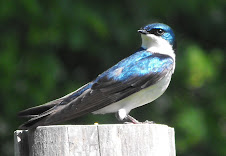








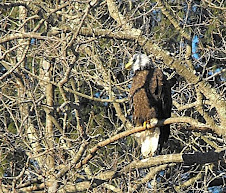




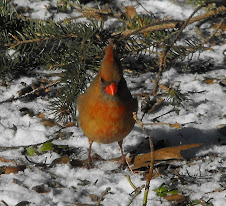

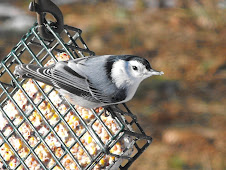






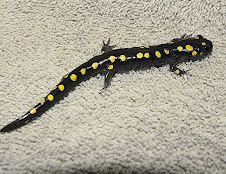

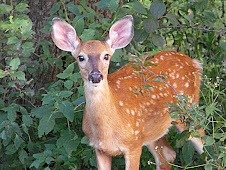

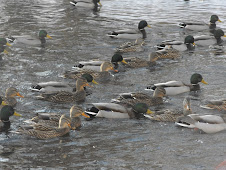


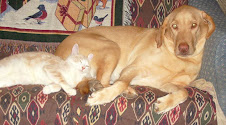















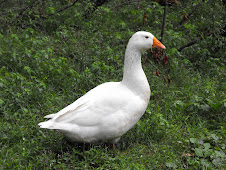
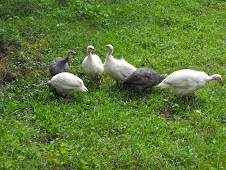

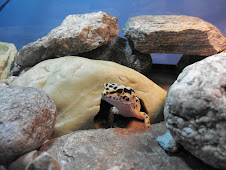
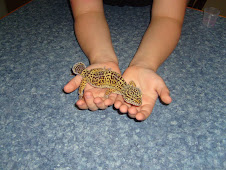



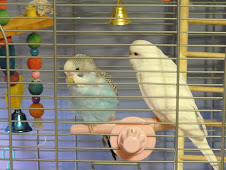










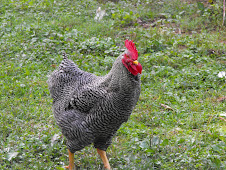















1 comment:
Another day of knowledge added to this old brain of mine... You keep my mind going, thank you. Love, Mom
Post a Comment